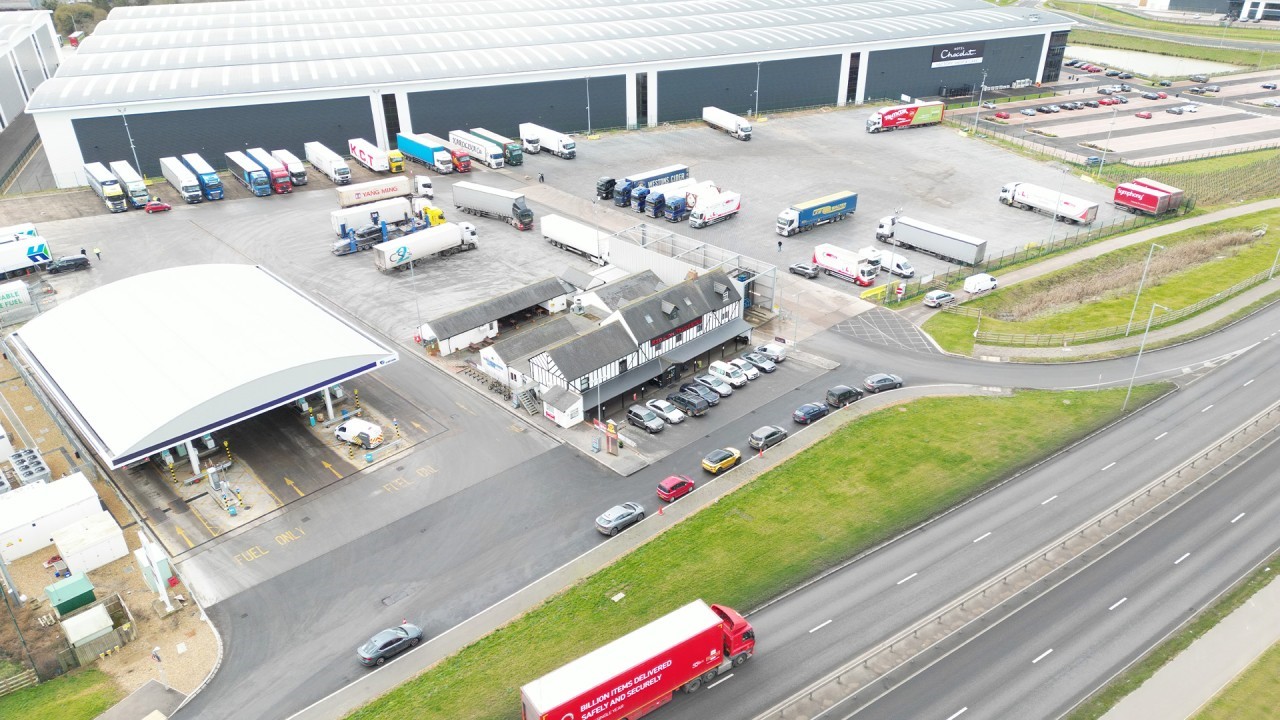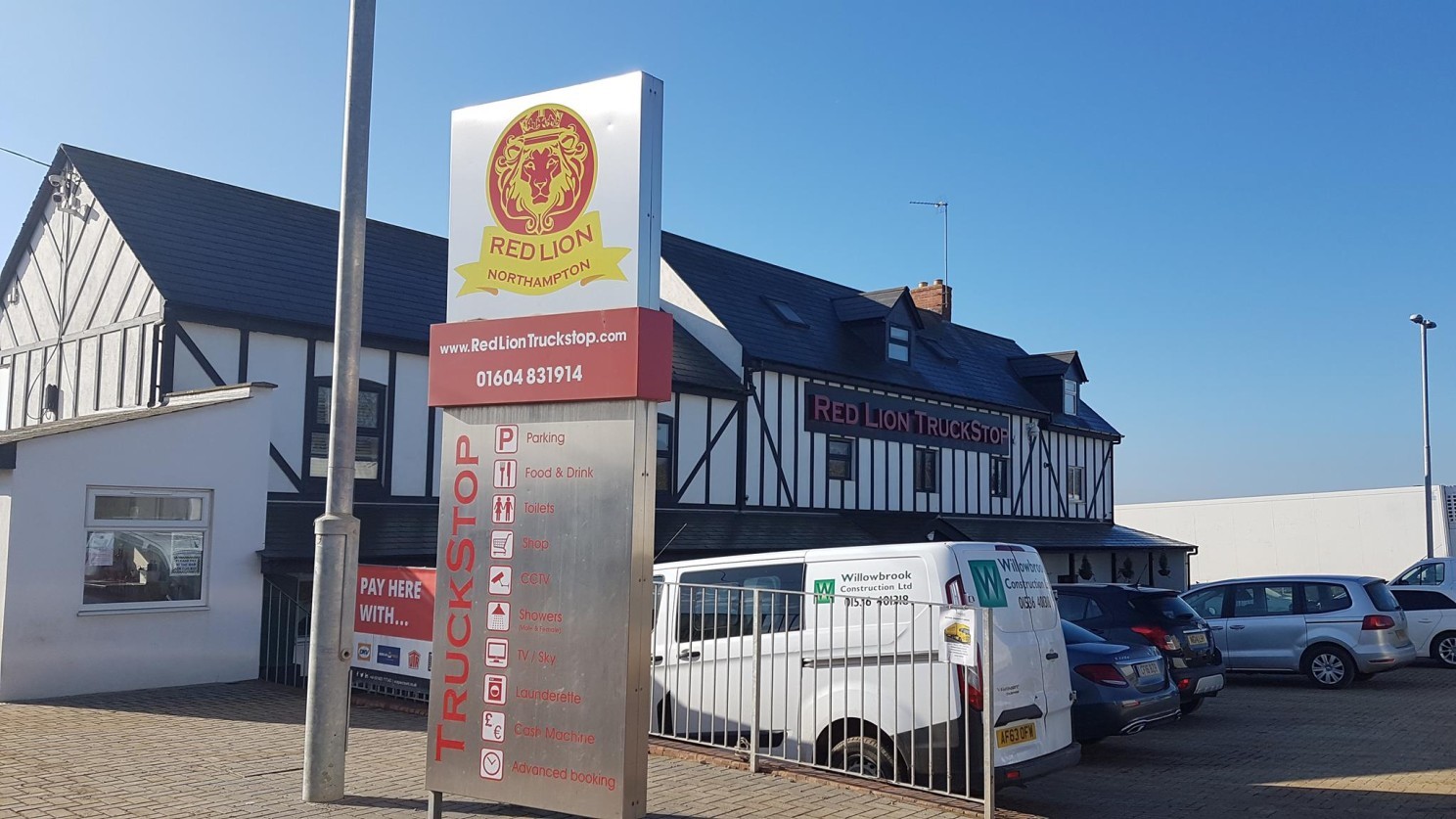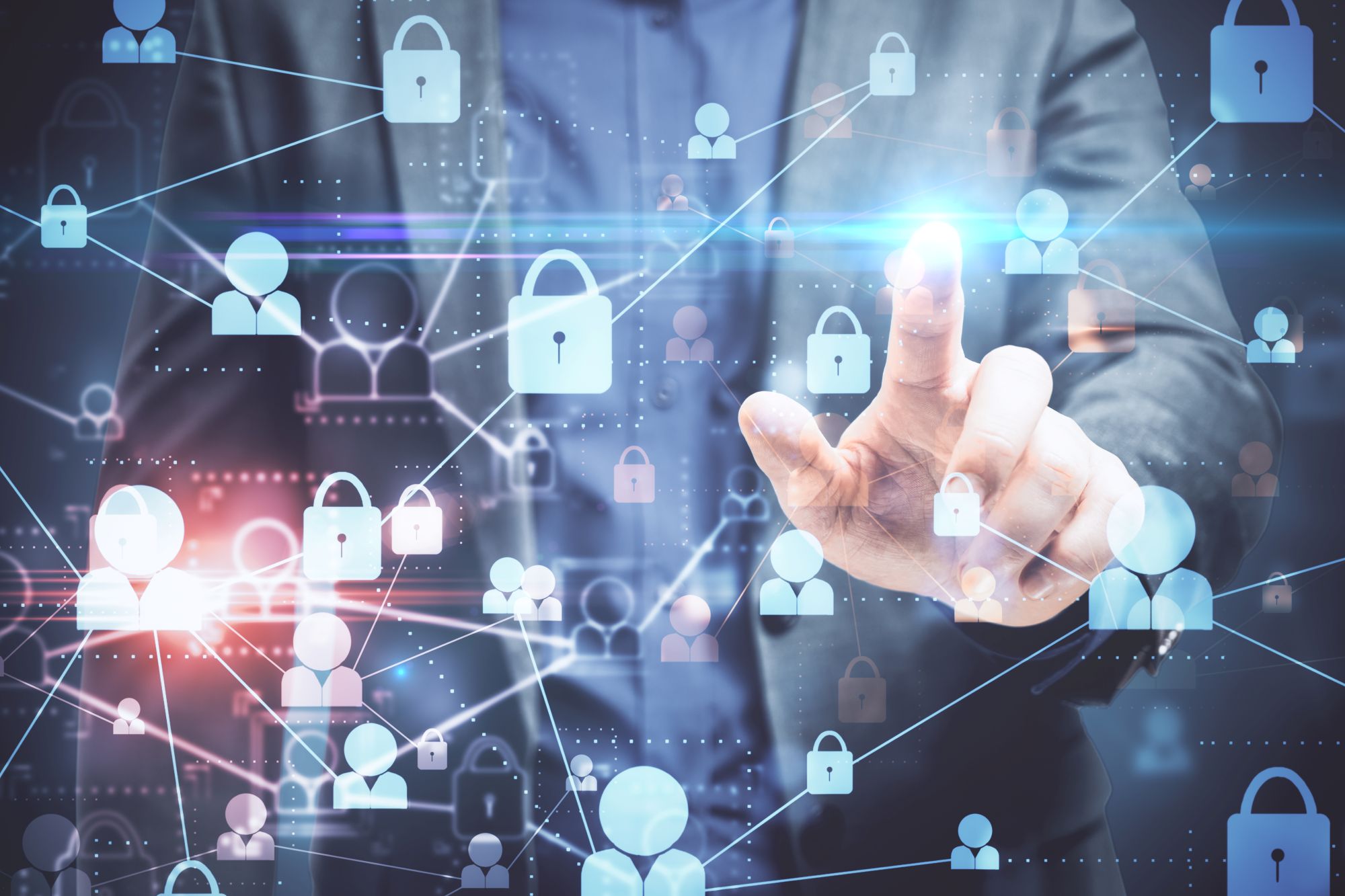
Susie Jones
"Red Lion Truckstop" - sėkmės pavyzdys
Sukurta: 28-08-2024
•
Atnaujinta: 28-08-2024
Vos už 200 metrų nuo M1 magistralės, ties 16-ąja sankryža, yra "Red Lion" sunkvežimių sustojimo aikštelė. Daugiau nei prieš 30 metų įkurta "Red Lion" tapo vairuotojų traukos centru. Apibūdinama kaip sunkvežimių vairuotojų rojus, nes dėl bendruomeniškumo, skanaus maisto ir daugybės patogumų ši daugybę apdovanojimų pelniusi stotelė yra labai mėgstama. Svetainės operatorius Ali Sadrudinas pasakoja apie šią vietą.
"Per naktį aikštelėje gali tilpti daugiau kaip 200 sunkvežimių. Yra greitaeigė degalinė, kurioje galima pilti ne tik dyzeliną ir "AdBlue", bet ir suslėgtas gamtines dujas (SGD). Taip pat yra naujai pastatyta 3 šepečiais valdomų sunkvežimių plovykla. Patogumų pastate yra restoranas ir baras, sunkvežimių reikmenų parduotuvė, skalbykla, žaidimų centras, pinigų automatai, dušai ir tualetai su aptarnaujančiu personalu, funkcinės ir susitikimų erdvės."

Priemonės
Kai kurie gali manyti, kad sunkvežimių stotelės yra tik vairuotojų poilsio vieta, tačiau jos taip pat atlieka labai svarbų vaidmenį gerinant vairuotojų savijautą. SNAP žinome, kad vairuotojams būtina suteikti švarias patalpas. Tačiau ko dar reikia sunkvežimių vairuotojams?
"Manau, kad klientai ieško pagrindinių dalykų, tačiau tinkamai atliktų. Gero maisto, švarių patalpų, transporto priemonių ir krovinių saugumo. Jei galite tai užtikrinti, turėsite laimingų ir nuolatinių klientų", - sako Ali.
Trumpai pažvelgus į "Red Lion" "Facebook" puslapį galima suprasti, kad jie tikrai laikosi šios mantros, ir tai veikia. Tokie komentarai kaip "puiki sunkvežimių sustojimo vieta, geriausia šalyje" ir "galbūt viena geriausių Anglijos sunkvežimių sustojimo vietų" patvirtina daugiau nei 4 000 teigiamų "Google" atsiliepimų.
Sauga ir saugumas
Tačiau skanus maistas ir švarios patalpos nėra vieninteliai dalykai, į kuriuos Ali ir komanda sutelkia dėmesį. Jie taip pat labai rimtai žiūri į saugumą. Apskaičiuota, kad 2020 m. Jungtinėje Karalystėje buvo įvykdyta daugiau kaip 4 000 nusikaltimų, susijusių su sunkiasvorėmis krovininėmis transporto priemonėmis, krovinių ir krovinių gabenimu - dėl to Jungtinė Karalystė patyrė 250 mln. svarų sterlingų nuostolių. Tokiose vietose, kaip "Red Lion", įdiegtos saugumo priemonės, kad šis skaičius sumažėtų.
Ali teigia, kad "SNAP padėjo mums įgyti TAPA PSR 3 lygio sertifikatą". 2023 m. vasarį "The Red Lion" buvo suteiktas "Park Mark Freight" apdovanojimas. Ali pasakoja, kokių saugumo priemonių buvo imtasi šiam apdovanojimui gauti.
"Svetainė yra saugi pagal dizainą. Visą parą patruliuoja sargai, o trečioji šalis stebi vaizdo stebėjimo kameromis. Aplink aikštelę turime 3 m nepertraukiamą tvorą su stacionariomis kameromis, stebinčiomis visus jos taškus, todėl galima aptikti bet kokį neteisėtą patekimą ar tvoros plokščių sugadinimą. Teritorija taip pat yra visiškai apšviesta iki policijos nustatyto reikalaujamo liukso lygio, o aplink teritoriją strategiškai išdėstytos judesio aptikimo kameros fiksuoja bet kokį neteisėtą judėjimą ir užtikrina, kad kiekviena teritorijos dalis būtų stebima. ANPR sistema fiksuoja įvažiuojančius į teritoriją ir išvažiuojančius iš jos numerius, o prireikus iškviesti policijos pareigūnus, jie yra įspėjami apie greitąjį reagavimą."
"Red Lion" taip pat ėmėsi papildomų priemonių, kad moterys vairuotojos jaustųsi patogiai ir saugiai. Čia yra tokie patogumai kaip moterų dušai, tualetai ir persirengimo kambariai. Šios priemonės neliko nepastebėtos, nes 2023 m. sausio mėn. ši sunkvežimių sustojimo vieta buvo pripažinta geriausia Jungtinės Karalystės sunkvežimių sustojimo vieta sunkiasvorių sunkvežimių vairuotojoms moterims.

Pajamos ir plėtra
Vienas iš daugelio SNAP naudojančių vietovių vadovų privalumų - didesnis pelningumas ir optimizavimas. Ali, vienas iš SNAP klientų steigėjų, paaiškina, kaip SNAP atnešė verslui papildomų pajamų nuo prisijungimo 2009 m.
"Tai buvo laipsniškas procesas, kuris vyko daugelį metų, tačiau kadangi vairuotojų išlaidų įpročiai nuolat keičiasi ir tampa negrynaisiais pinigais, galiu įsivaizduoti, kad nauja svetainė, pradėjusi naudoti SNAP, iš karto atsipirktų. Maždaug 65 % visų svetainės pajamų sudaro pajamos iš SNAP."
Nuo 2009 m. šioje pramonės šakoje tikrai daug kas pasikeitė. Ali paaiškina, kaip svetainė turėjo prisitaikyti prie besikeičiančios pramonės ir išaugusios paklausos.
"Iš pradžių aikštelė galėjo priimti tik 130 sunkiasvorių sunkvežimių per naktį, tačiau 2018 m. aikštelė buvo išplėsta iki daugiau nei 200, kad būtų patenkinta išaugusi paklausa", - teigia Ali. Vairuotojams ir automobilių parkams, besinaudojantiems SNAP, tos 200 vietų tampa lengvai rezervuojamomis.
Praėjus vos ketveriems metams, įmonė dar labiau išsiplėtė - buvo įrengta nauja sunkvežimių plovykla. 2022 m. lapkritį atidaryta moderni trijų šepečių sunkvežimių plovykla pritaikyta daugumai LGV.

Prisijungimas prie SNAP kaip paslaugų partneris
Prisijungę prie SNAP, savo buvimo vietą rasite 160 000 vairuotojų ir 7 000 transporto parkų. Sunkvežimių sustojimo aikštelėms, tokioms kaip "Red Lion", kurios nuolat stengiasi savo klientams pasiūlyti naujų iniciatyvų ir patogumų, SNAP suteikia tokią galimybę.
"SNAP leido svetainei pasiūlyti alternatyvų mokėjimo būdą, kuris gali būti tik naudingas klientui ir pritraukti jį į svetainę", - sako Ali.
SNAP nauda
SNAP paskyra naudojasi daugiau nei 160 000 vairuotojų. Todėl aukšti standartai yra gyvybiškai svarbūs. Nors paslaugų partneriai, priimantys mokėjimus "SNAP Account", yra nepriklausomos įmonės, mes peržiūrime kiekvieną svetainę ir užtikriname, kad ji atitinka mūsų standartus. Be to, mūsų tinklo komanda yra pasiekiama, kai tik reikia.
"SNAP visada mus palaikė nuo pat pirmojo prisijungimo, - sako Ali.
Paklaustas, kas jiems yra geriausia SNAP, Ali atsako: "Tai aptarnavimo lygis, jie peržengė visas ribas, kad pritaikytų bilietų pardavimo sistemą mūsų reikalavimams."
O jo patarimas sunkvežimių stovėjimo aikštelių savininkams, kurie galvoja apie galimybę SNAP vairuotojams atverti savo vietą?
"Daryk tai! Kodėl nenorėtumėte pritraukti papildomų klientų į savo svetainę?"
Užsiregistruokite į SNAP
Norėdami padidinti savo pelningumą ir optimizuoti svetainės veiklą, eikite į snapacc.com.



